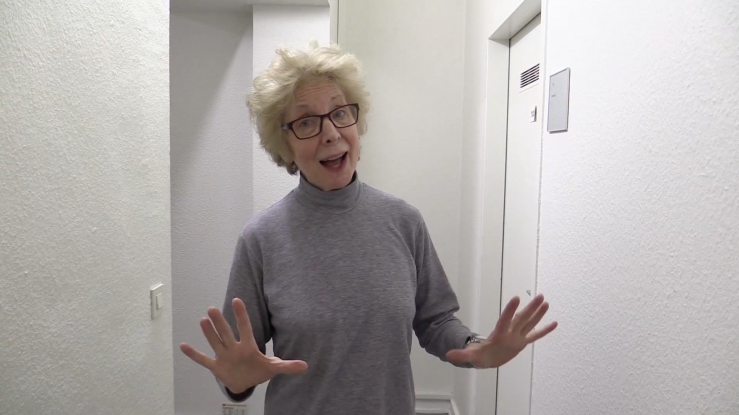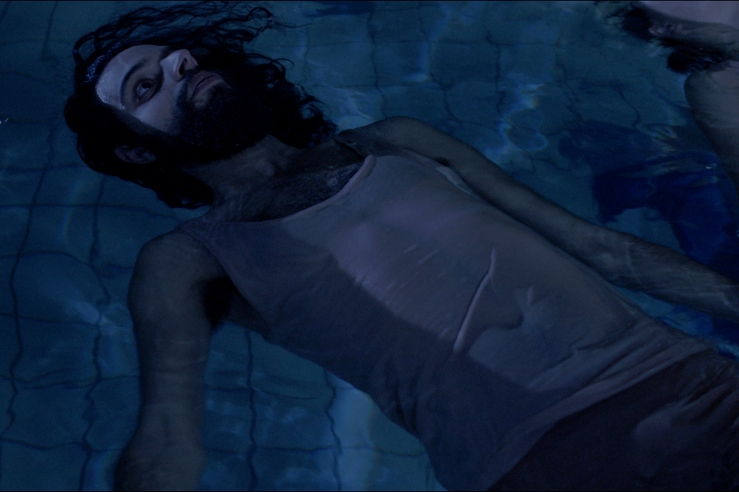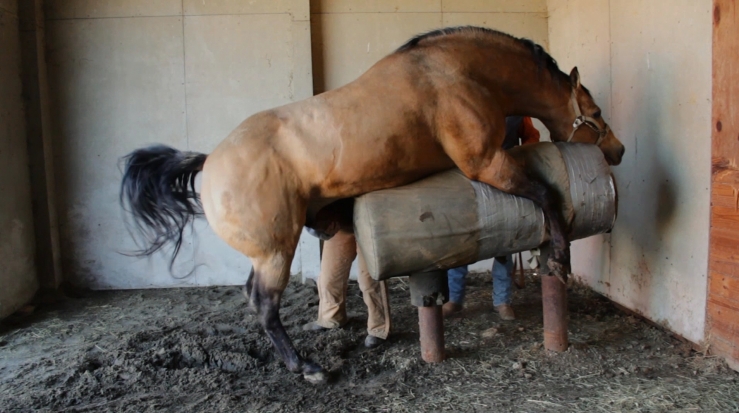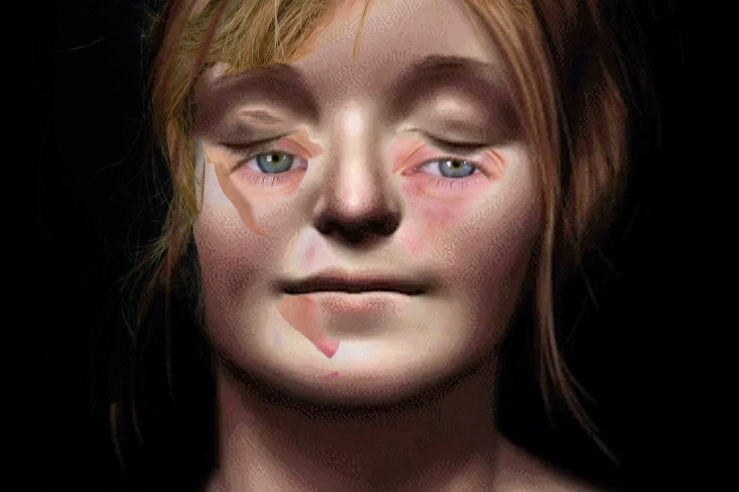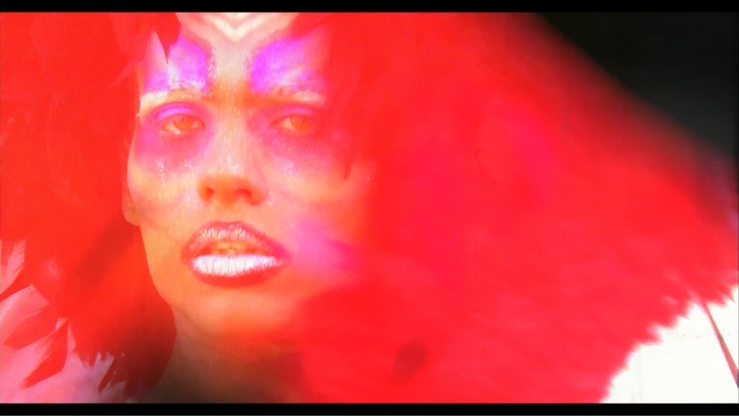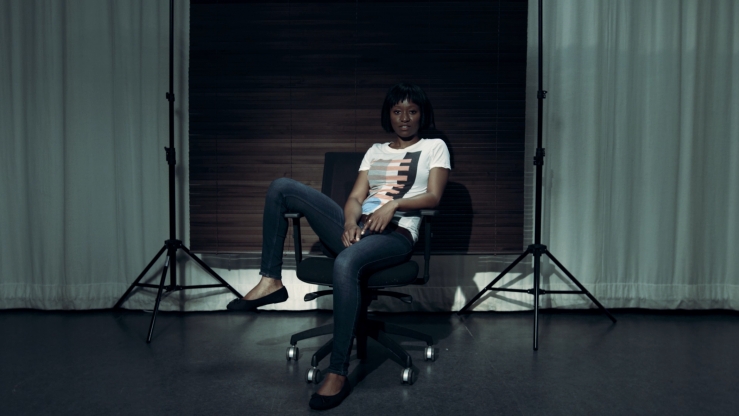Identity & Self/Staging
by Kristina Lutscher
Whenever an artist brings himself into the picture, stages or projects himself, the scene becomes a disquisition about his person.
The body in front of the camera, which leaves its place as the initiator of the recording process, is at the same time an individual and everyman, simultaneously a reference to the “real”, living body of the artist and to his staged likeness. It is an indefinable subject, on the one hand a part of its creator, with, on the other hand, an autonomous existence.
While this dichotomy can be found in performance-art, albeit united in time and place, the video, in particular with its visual dispositive, opens a breach. The screen and the projection are the framework within which identity is subject. It is the severance of time and place which make it at all possible to display one’s own self there. Face and hands, voice and breathing often invoke, in the sense of a (self) portrait, the body as a whole.
Identity emerges particularly there where changes are made. Modifications to the video material transform the pictures from mere self-portrayal to self-staging. In this context, Yvonne Spielmann refers to the media theorist Marshall McLuhan, who describes this shift, with reference to the myth of Narcissus, as a medial escalation or amputation by perceptual overload. The artistic identity inundates the surface of the televisions and screens and is no longer merely an image of the artist’s body, but also creates a counterpart of every viewer, who in this way becomes part of the process of observation and, in the last resort, also observes a reflection of himself.
In this connection, academic literature repeatedly refers to formative video artists such as Vito Acconci, Bruce Naumann, Anna Winteler; artists such as Ulrike Rosenbach, Joan Jonas and VALIE EXPORT, are important representatives for the examination of identity, and femininity or gender. (Kristina Lutscher)






